Ever had that moment when you hit the brakes and your car starts shaking so much you start wondering if you’re auditioning for a dance show? Or maybe there’s a mysterious squeal every time you slow down, and you catch yourself blaming the neighbor’s cat? Bad rotors aren’t rare, but a lot of us miss the early signs. The next thing you know, you’re stuck on the side of State Highway 1, dog staring up from the passenger seat with those “told you so” eyes. Spotting worn rotors isn’t rocket science, but ignoring the clues comes with a cost.
Sneaky Clues Your Rotors Are Going Bad
You’d think your car would blare a warning light on the dash—“Hey, your rotors are goosed!”—but that’s not how it works. Fancy as cars have gotten, bad rotors usually announce themselves through a handful of obvious—and a few less obvious—signals.
The most classic sign: steering wheel vibration. When rotors are warped, the brake pads can’t press evenly against them. Tap the brakes, and the uneven surface makes the pad bounce slightly, sending weird vibrations right through the steering column. Sometimes it feels like mild shuddering; other times, it gets wild enough to rattle your morning coffee.
Next up: screeching, grinding, or growling sounds every time you brake. These noises drive people nuts, but they’re a dead giveaway. When rotors wear down, they lose their smoothness—creating ridges, grooves, or even scoring. You’ll hear a metallic zing or scraping, much like dragging a heavy chair across a concrete floor. If the noise is more like a lower growl, the rotors could be scoring so deep that they’re ready to eat through the brake pads.
Then there’s the visual check, which I always do at home if I’m curious. Grab a flashlight and peek through the wheel spokes. A healthy rotor looks smooth, with a gray metallic sheen. Bad rotors look scored, chewed up, or severely rusted. Sometimes, you’ll even spot circular blue marks—heat spots from brakes overheating.
Cars love to pull tricks, so don’t rule out longer stopping distances. If you have to stand on the brake pedal much harder than usual, or if the car feels sluggish to respond, the rotors could be glazed—meaning the surface has hardened and lost grip. On rare occasions, the pedal might bite low, feeling soft or spongy. This can happen when rotors are uneven, or if one is wearing down quicker than the rest.
A few folks experience a pulsing brake pedal. If, when you press down, you feel a rhythmic up-down motion, your rotors could be developing a “run out”—where the rotor face isn’t flat, but wavy.
Even the smell can tip you off. After repeated stops or heavy braking on a hill, notice a burning or acrid smell? That’s sometimes a hint your rotors are working overtime, possibly overheating because they’re too thin or glazed.
Sometimes, the ABS or traction control light gets triggered if a severely warped rotor throws off the wheel speed sensor. However, this isn’t super common unless the rotor’s in awful shape.
There are other gremlins, too, like uneven brake pad wear, which can show up if one rotor is worse than the others. The worse the rotor, the greater the chance that braking will start to feel unpredictable—sometimes biting hard, other times barely catching at all.
Here’s a quick look at some warning signs and their likely causes:
| Sign | Likely Rotor Problem |
|---|---|
| Vibration when braking | Rotor warping or uneven thickness |
| Squeal or scrape sound | Scoring, excessive wear, sharp grooves |
| Longer stopping distance | Glazed or worn-thin rotors |
| Burnt smell post-braking | Overheating, rotor too thin |
| Visual grooves/rust patches | Corrosion, deep scoring, neglect |
Keep your eyes and ears peeled for any combo of those. Don’t trust just one sign—usually, bad rotors serve up a sampler platter.
Digging Deeper: Causes and Risks of Bad Rotors
So why do rotors go bad in the first place? It isn’t always just heavy braking or “spirited” driving—though that’ll get you there faster. Regular city stop-and-go can cook them almost as much as spirited mountain drives. Some rotors just wear out from years of normal use.
The most common reason for bad rotors is heat. Braking creates friction, which generates heat like crazy. If the heat doesn’t have a chance to escape, rotors start to warp. This is especially true if you follow one hard stop after another. Quick fact: a typical rotor can hit over 500°C during repeated braking. Sometimes higher. Bicycle rotors rarely see temps like that, but a heavy SUV, especially towing, will push heat levels that bake your Sunday roast in minutes.
Another silent killer is corrosion. Even Auckland, with its blend of rain and sea air, can rust rotors that aren’t used regularly. If you leave your car parked for a couple of weeks in damp weather, take a peek—odds are there’ll be rust on the rotors. Light surface rust usually scrubs off with a couple of stops, but heavy or patchy corrosion means real damage.
Ever braked hard in a puddle? Water hitting hot rotors can cause them to cool unevenly, which sometimes leads to warping. The same thing can happen if you go from a long, brisk drive to a sudden stop in the rain. Temperature differences across the rotor create stress, and before you know it, the metal loses its shape.
Poor-quality rotors are a hidden trap. The cheap ones you find online might look okay, but they tend to wear fast, warp early, and sometimes aren’t machined perfectly flat—meaning trouble right out of the box. Spending a bit more for reputable brands gets you rotors that are less likely to fail after a couple thousand kilometers.
Pads that are too hard, or mismatched with your driving, chew up rotors. Ceramic pads last longer, but they can grind down rotors if things aren’t perfectly aligned. Metal-on-metal scraping, for instance, occurs when brake pads wear out, exposing their metal backing. This eats into the rotor and trashes it quick.
Rotor thickness also matters—a lot. Factory specs typically require replacing rotors once they wear below a certain thickness. Thinner rotors can’t dissipate heat as well, leading to warping, cracks, or even full-on failure. Ever see one of those dashcam clips where a car’s brakes just give up? Sometimes, that’s because the rotors were paper-thin.
Ignoring these risks doesn't just wear out pads faster. Bad rotors can trigger weird pulling to one side, make traction and stability control less reliable, and in rare cases (especially with cracks or severe warping), they can fail outright under heavy braking. You don’t want that happening on a wet Friday arvo heading home from work.
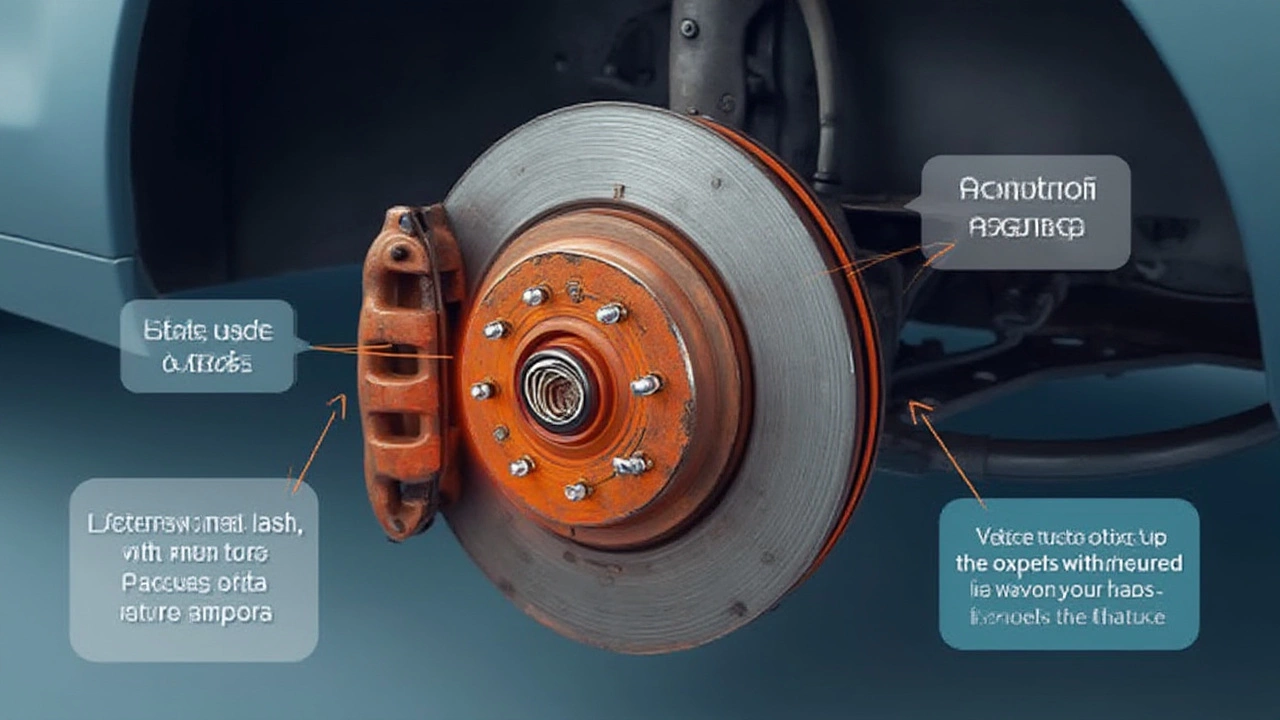
How to Inspect Your Brake Rotors Like a Pro
You don’t need a mechanic’s workshop to do a first check. Most folks can spot obvious issues with rotors right in their driveway. Here’s how I go about it (no fancy gear required):
- Listen and feel on your next drive: Turn off the radio, roll your window down, and brake gently from 50 km/h. Does the car shake, steer, or groan? That’s your baseline.
- Check pedal feel: Push the brake a few times when parked. Any pulsing, low pedal, or spongy resistance?
- Do a visual check: With the car in park and engine off, shine a flashlight through the wheels. Clean rotors have a consistent, silvery-gray face without gouges, rust patches, or blue discoloration.
- Look for scoring: Shallow lines are normal, but deep grooves mean the rotor’s worn. If you feel them with a fingernail, it’s time for a change.
- Look for cracks: Fine heat cracks might show as small lines near the vent holes (common on performance rotors). Too many cracks = trouble.
- Measure thickness (if you can): Most manufacturers specify a minimum thickness, stamped on the rotor hat or in your manual. Cheap micrometers work fine for a measurement. If the number is below spec, those rotors need changing.
Resurfacing used to be a go-to fix, but these days, new rotors are often cheaper and better quality. If your rotor’s warped or deeply scored, replacement’s the way to go in most cases. Resurfacing only makes sense if the rotor has plenty of life left and the warp is shallow, not deep.
Quick tip—not only mechanics, but even DIYers sometimes forget to check both sides of the rotor. Sometimes, the outward-facing side looks okay, but the inner face (against the suspension) is heavily grooved or rusted. Always check both!
Don’t just stop at the rotors if you spot issues. Bad rotor surfaces will often have chewed up the brake pads, too. Running new pads on junk rotors (or vice versa) is like wearing new sneakers with old holey socks. You won’t get the best result, and you’ll end up burning through new parts way too soon.
When (and How) to Fix Bad Rotors
So you’ve found bad rotors—what now? If you’re handy, replacing rotors and pads isn’t super tricky, but there are key details you shouldn’t skip. If you’re not comfy with tools, best to call in a pro or at least a mechanically-inclined mate.
Most manufacturers recommend changing rotors and pads as a set. Usually, you’ll need a basic socket wrench set, a jack, and a torque wrench. Never skip properly torquing those wheel nuts—loose or overtightened nuts are a top cause of warped rotors after installation. And never put new pads on an old, grooved rotor. That’s a shortcut to squeaks, poor braking, and rapid wear.
If you’re in a bind and must drive before the appointment, take it slow. Avoid hard braking and keep the trips short. Bad rotors do fail, and when they do, it’s sudden and scary.
There’s a decent payoff in taking rotor problems seriously: Better safety, lower repair bills over time, smoother drives, less stress in emergencies, and that quietly rewarding feeling when the brakes work like new.
For folks curious about what’s standard, here’s a general breakdown:
| Car Type | Typical Rotor Lifespan (km) | Rotor Min. Thickness (mm) |
|---|---|---|
| Compact sedan | 40,000 - 80,000 | 20-22 |
| Mid-size SUV | 30,000 - 60,000 | 22-26 |
| Performance car | 15,000 - 40,000 | 24-28 |
A great tip: Always check your car’s owner’s manual for specs. Every make and model is different. And next time you pull in for a wheel alignment or tire change, ask the techs to do a rotor check. It’s free most places, and you’ll know whether you’re safe or rolling the dice.
If you fix bad rotors quickly, your brakes stay sharp, your drive stays safe, and that annoying noise finally leaves for good. Even Max approves—he hates brake squeals more than bath time.
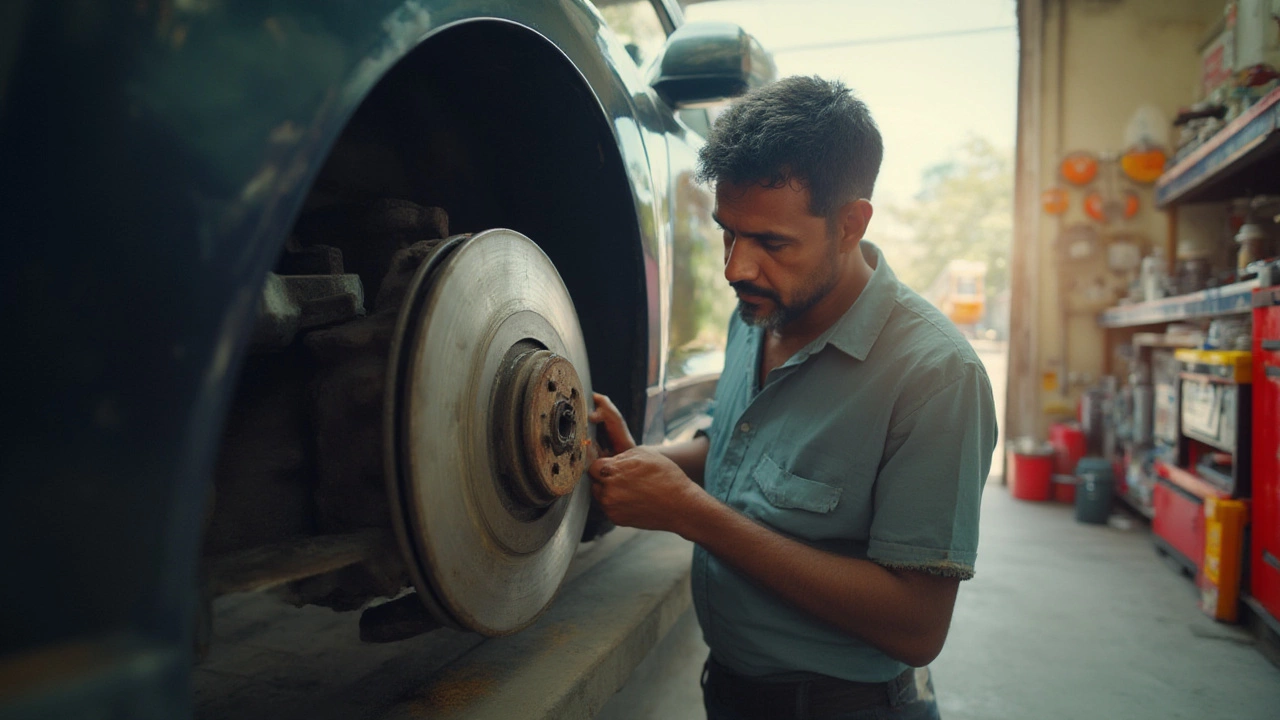
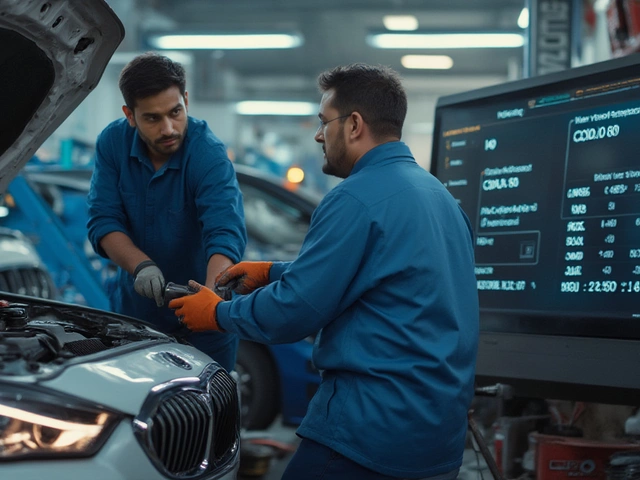
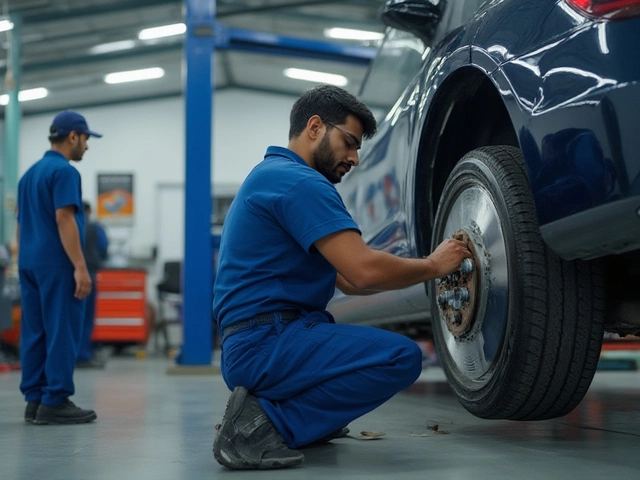
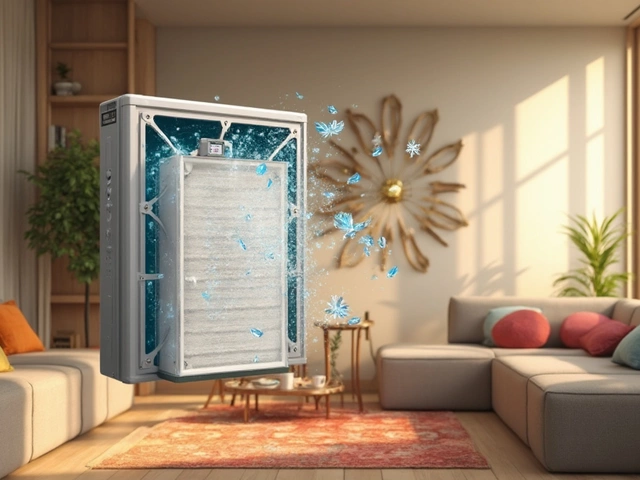
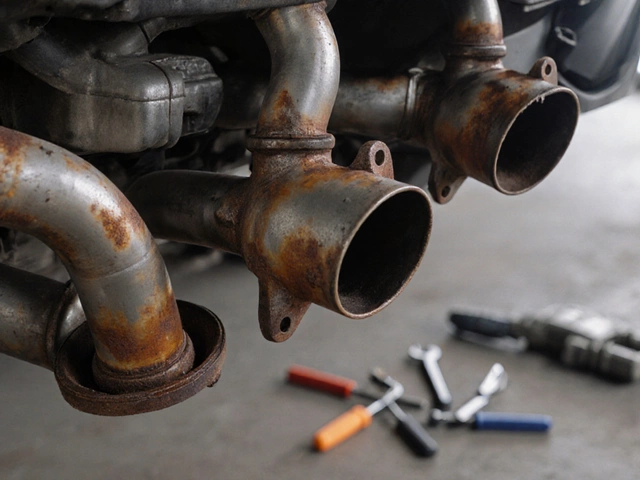
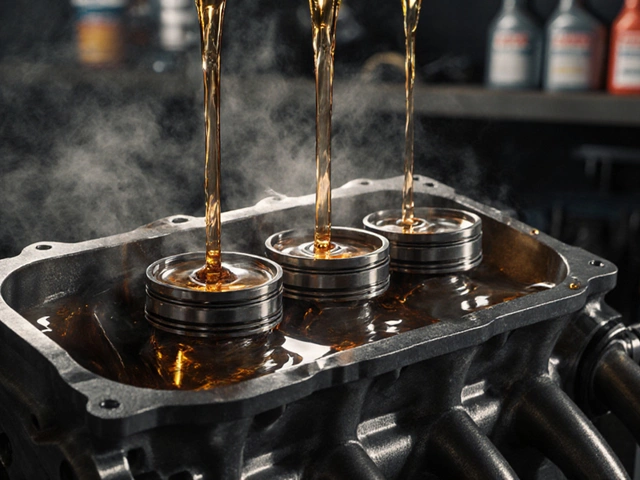
Write a comment